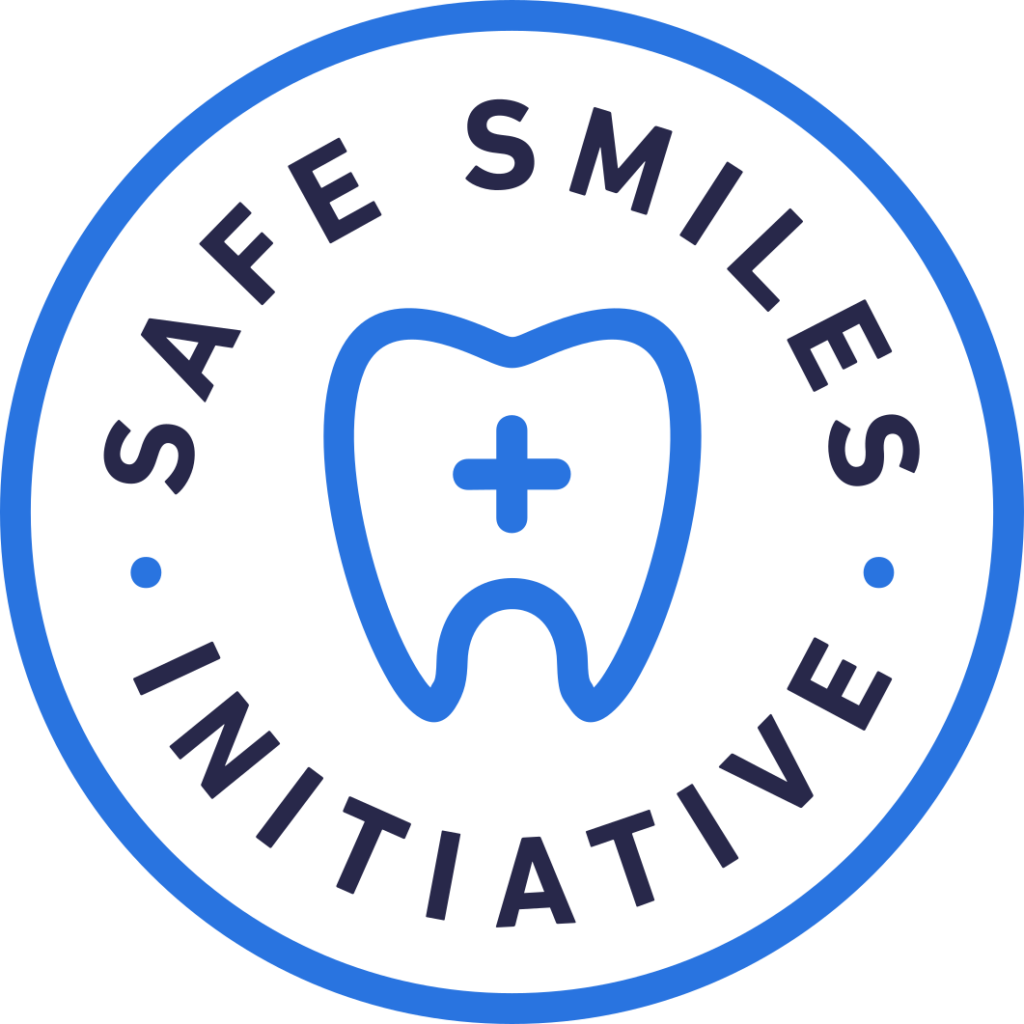Invisalign Cost: Is It Worth the Investment?

A straight, confident smile is something many people desire, and Invisalign has become one of the most popular orthodontic solutions worldwide. Unlike traditional metal braces, Invisalign offers a clear, removable, and comfortable way to straighten teeth. But many people wonder: How much does Invisalign cost, and is it worth the investment?
This guide explores everything you need to know about Invisalign cost, factors influencing pricing, insurance options, and whether it’s the right choice for you.
What is Invisalign?
Invisalign is an advanced orthodontic treatment that uses a series of clear aligners to gradually move teeth into their ideal positions. These custom-made aligners are nearly invisible, making them an attractive option for adults and teenagers who want to avoid the look of traditional metal braces.
Unlike metal braces, Invisalign aligners are removable, allowing users to eat, drink, and maintain oral hygiene with ease. Each set of aligners is typically worn for two weeks before moving on to the next, gradually shifting teeth over time.
Factors That Affect Invisalign Cost
The price of Invisalign varies based on multiple factors. Here’s what determines the cost of treatment:
Complexity of Your Case
Mild cases requiring minimal movement will cost less than complex cases involving bite corrections or severe misalignment. More extensive treatment requires additional aligners, increasing the total price.
Length of Treatment
The average Invisalign treatment lasts between 12 to 18 months, though some cases may require a shorter or longer duration. The longer the treatment, the more aligners you’ll need, which impacts the overall cost.
Provider’s Experience
An experienced orthodontist with a strong track record in Invisalign treatments may charge more than a general dentist. However, expertise can make the process smoother and more efficient, potentially shortening treatment time.
Geographic Location
Where you receive treatment significantly impacts Invisalign cost. Urban areas or cities with a higher cost of living typically have higher prices compared to smaller towns or rural locations.
Additional Expenses
Besides the base Invisalign treatment, additional costs may include:
- Initial consultation and dental exams
- Digital scans or X-rays
- Retainers after treatment to maintain results
- Replacements for lost or broken aligners
How Much Does Invisalign Cost?
In general, Invisalign costs range from $3,000 to $8,000, but pricing varies based on location and treatment needs. Below is a general breakdown:
Type of Case | Estimated Invisalign Cost |
Mild Case (Minor Adjustments) | $3,000 – $4,500 |
Moderate Case (Moderate Misalignment) | $4,500 – $6,500 |
Complex Case (Severe Bite Issues) | $6,500 – $8,500+ |
How Much Does Invisalign Cost in Massachusetts?
The cost of Invisalign in Massachusetts aligns with national averages but varies depending on the city:
City in Massachusetts | Average Invisalign Cost |
Boston | $5,500 – $8,000 |
Worcester | $4,500 – $7,500 |
Springfield | $4,000 – $7,000 |
Cambridge | $5,000 – $7,500 |
Lowell | $4,500 – $7,000 |
New Bedford | $4,000 – $6,500 |
Brockton | $4,500 – $7,500 |
If you’re seeking affordable Invisalign in Massachusetts, consider checking with multiple providers to compare costs and financing options.
Does Insurance Cover Invisalign?
Many dental insurance plans partially cover Invisalign, similar to traditional braces. However, coverage varies:
- Insurance providers may cover $1,000 to $3,000 toward treatment costs.
- Orthodontic coverage may have age limits (often covering dependents under 18).
- Pre-authorization may be required before starting treatment.
Other Financing Options for Invisalign
If your insurance doesn’t fully cover Invisalign, there are other ways to make the cost more manageable:
- Flexible Payment Plans – Many orthodontists offer interest-free monthly payment plans.
- Health Savings Accounts (HSA) & Flexible Spending Accounts (FSA) – These tax-free accounts can be used to cover Invisalign costs.
- Third-Party Financing (CareCredit, LendingClub, etc.) – These services offer flexible repayment plans for medical expenses.
Is Invisalign Worth the Investment?
When deciding if Invisalign is worth the cost, consider its advantages over traditional braces:
Discreet and Aesthetic Appearance
Unlike metal braces, Invisalign aligners are clear, allowing users to straighten their teeth without drawing attention. This is a major benefit for working professionals or self-conscious teenagers.
Comfortable Fit
Invisalign aligners are custom-made using smooth plastic, eliminating irritation from metal brackets and wires.
Convenience & Removability
Unlike traditional braces, Invisalign aligners can be removed when eating, drinking, or brushing. This makes oral hygiene much easier and reduces the risk of cavities or gum disease.
Shorter Treatment Time
While treatment length varies, some Invisalign cases finish in as little as 6-12 months, compared to the 18-24 months often required for traditional braces.
Predictable & Custom-Tailored Treatment
Advanced 3D imaging technology allows orthodontists to map out precise tooth movements, giving patients a preview of their final results before starting treatment.
Fewer Orthodontist Visits
With fewer checkups required than braces (typically every 6-8 weeks), Invisalign is a low-maintenance treatment option.
Alternatives to Invisalign
If Invisalign is outside your budget, consider these alternatives:
Traditional Metal Braces
- Cost: $2,000 – $7,500
- Pros: Effective for all cases, generally more affordable
- Cons: Noticeable, can cause irritation
Ceramic Braces
- Cost: $4,000 – $8,500
- Pros: Less noticeable than metal braces
- Cons: More expensive than traditional braces
At-Home Teeth Aligners (e.g., SmileDirectClub, Byte)
- Cost: $1,800 – $3,500
- Pros: Lower cost, no in-office visits
- Cons: Less effective for complex cases, limited professional oversight
How to Get Started with Invisalign
If you’re considering Invisalign, follow these steps:
Schedule a Consultation
Find an experienced Invisalign provider to evaluate your case and provide a treatment plan.
Get Digital Scans & a Custom Treatment Plan
Using 3D imaging, your orthodontist will create a custom plan outlining how your teeth will shift.
Start Wearing Aligners
Receive your first set of aligners and wear them 20-22 hours per day.
Attend Check-Ups Every 6-8 Weeks
Your provider will monitor progress and provide new aligners as needed.
Wear Retainers After Treatment
To prevent teeth from shifting back, wear retainers as prescribed after completing Invisalign treatment.
Conclusion
Invisalign costs more than traditional braces, but its discreet appearance, comfort, and convenience make it a worthwhile investment for many. If you want a clear, removable, and highly effective way to straighten teeth, Invisalign is one of the best options available. At Gorgeous Smiles Dental, we provide the best Invisalign services to help you achieve a perfect smile with personalized care.
To get started, consult a Dentist in Massachusetts to discuss pricing, insurance coverage, and financing plans. Investing in Invisalign today can lead to a lifetime of improved confidence and oral health.
Ready to book an appointment?
Book a consultation today or make an appointment using our convenient online appointment scheduler.

We’re committed to your safety.
Enjoy the flexibility of paying through monthly payments.

A discount plan available to keep you and your family healthy.
Others Article
At our dental practice, we prioritize compassion and empathy toward our patients. Please read our blog and articles for tips on maintaining oral health and learn more about our commitment to providing exceptional dental care with a personal touch.
